North Carolina's Parks and Forests
A treasure trove of natural beauty and recreation
By Amy NeyCedar Rock Falls at Pisgah National Forest (photo by Margret Galvan), Umstead State Park (photo by Bill Russ—VisitNC.com), and Merchant Millpond State Park (photo by Bill Russ—VisitNC.com).
Have you ever wondered why hunting is allowed in one natural area and not in another? Or why some places are called “parks” while others are called “forests”? North Carolina offers a treasure trove of natural resources across a wide range of habitats, and each is managed for a different purpose.
National Forests
National Forests are managed to conserve our nation’s natural resources. North Carolina has four: Nantahala, Pisgah, Uwharrie and Croatan.
“National Forests are managed for multiple uses including timber, recreation, fish and wildlife habitat, and more,” explains Cathy Dowd with the U.S. Forest Service, who is public information officer for the National Forests in the state. “We use input from the public to decide where these uses take place, but we try to accommodate the wide range of potential uses across all forests.”
The Forest Reserve Act of 1891 allowed for the creation of the nation’s first national reserves, which were then managed by the U.S. Department of the Interior. In 1905, these reserves were transferred to the jurisdiction of the U.S. Department of Agriculture’s newly created Forest Service, of which Gifford Pinchot was the first chief. The mission of the USDA Forest Service is to maintain our nation’s forests and grasslands as healthy, diverse, and sustainably productive. Located in the Pisgah National Forest in western North Carolina, the Cradle of Forestry in America Historic Site commemorates the very first school of forestry in North America and contains original buildings, the Forest Discovery Center, and offers seasonal special events and educational interpreters who demonstrate crafts such as broom-making and blacksmithing.
To locate a National Forest in your area, determine the uses for the forest, and keep current on any closures or restrictions, visit the National Forests in NC website.
National Parks
National Parks are managed to preserve unimpaired the natural and cultural resources of the park. North Carolina has 10, according to the National Park Service, which together draw more than 18 million visitors a year.
“The main difference between National Forests and National Parks is how they are managed,” Dowd says.
The mission of the National Park Service is to protect our nation’s significant places and help visitors experience these locations now and in the future.
This includes various types of lands, including seashores, heritage areas and corridors, historic sites, military parks and battlefields, historic and scenic trails, and memorials.
Examples in the state include the Appalachian Trail (a 2,190-mile footpath stretching from Maine to Georgia), the Wright Brothers National Memorial (in Kill Devil Hills along the Outer Banks, this site commemorates the first flight by brothers Orville and Wilbur Wright in 1903), and the Cape Hatteras National Seashore (camping, fishing, hiking, bird-watching, lighthouse-viewing and swimming are available along the North Carolina coastline from Bodie Island to Ocracoke Island).
North Carolina contains portions of the two most-visited National Park lands in the country — Great Smoky Mountains National Park (located along the border with Tennessee, you can camp, hike, visit historic buildings, see rare synchronous fireflies and even take a motor nature tour there) and the Blue Ridge Parkway (stretching between the Great Smoky Mountains National Park and Shenandoah National Park in Virginia, this 469-mile scenic drive offers hiking, stunning views and a variety of special events).
To locate a National Park unit near you, visit nps.gov/state/nc.
Here in this Place : A Celebration of North Carolina State Parks from North Carolina State Parks on Vimeo.
State Parks
North Carolina State Parks are managed to conserve and protect state lands for visitors to experience education, enjoyment, recreation (including hiking, biking, boating, educational programs and camping, but not hunting) and inspiration. They are managed by the NC Division of Parks and Recreation.
There are dozens of state parks, natural and recreation areas, lakes, trails, and rivers scattered across North Carolina, from Gorges State Park in the west to Jockey’s Ridge State Park in the east. In 1916, Mount Mitchell (North Carolina’s state high point at 6,684 feet) became the first state park; Carver’s Creek State Park is the newest, founded in 2005.
Visit ncparks.gov to find a state park near you.
State Forests
State Forests are managed according to a forest management plan for education, research, habitat, recreation and forest products — some are actively managed for growing and harvesting trees. The North Carolina Forest Service manages nine forests throughout the state, seven of which are designated as educational state forests.
DuPont State Recreational Forest in western North Carolina contains spectacular waterfalls, hiking and biking trails and lakes. It gained some Hollywood cred after portions of The Hunger Games (2011) were filmed there.
Each educational state forest offers various programs for youth and adults as well as informative signage indicating how and why the forest is being managed the way it is.You can learn more about NC State Forests by visiting ncforestservice.gov.
Get out and enjoy!
Wherever you venture out in nature this summer, be sure to drop by the visitors center and read the signs that explain what type of area you’re in and what activities are allowable there. Following the posted guidelines will help you, other visitors, and local wildlife all enjoy our natural places.
For those new to the outdoor recreation scene, last fall Blue Cross and Blue Shield of North Carolina partnered with the North Carolina State Parks system and others to create the Hike NC program, which allows anyone to select and register for hikes in their region led by park rangers and other experts. June hikes are available at gohikenc.com.
Advice from a local expert
Ready to hit the trail, but not sure where to begin? Our friends at NC-based Great Outdoor Provision Co. have 5 essential tips for hikers.
-
Learn more about NC parks and forests
-
Share this story:

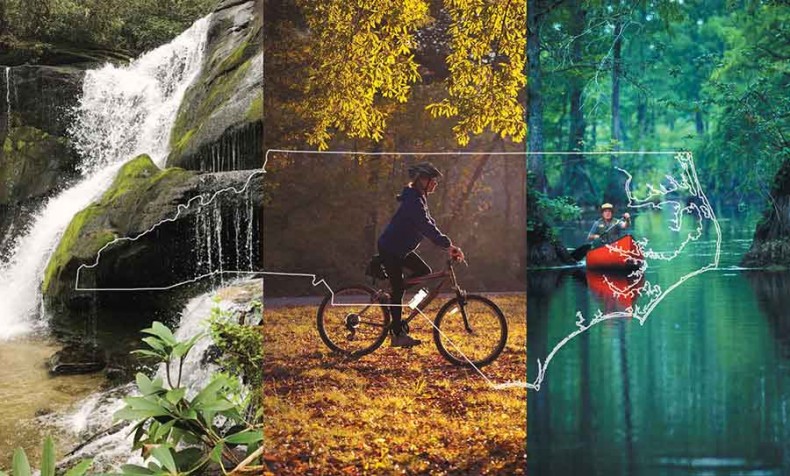
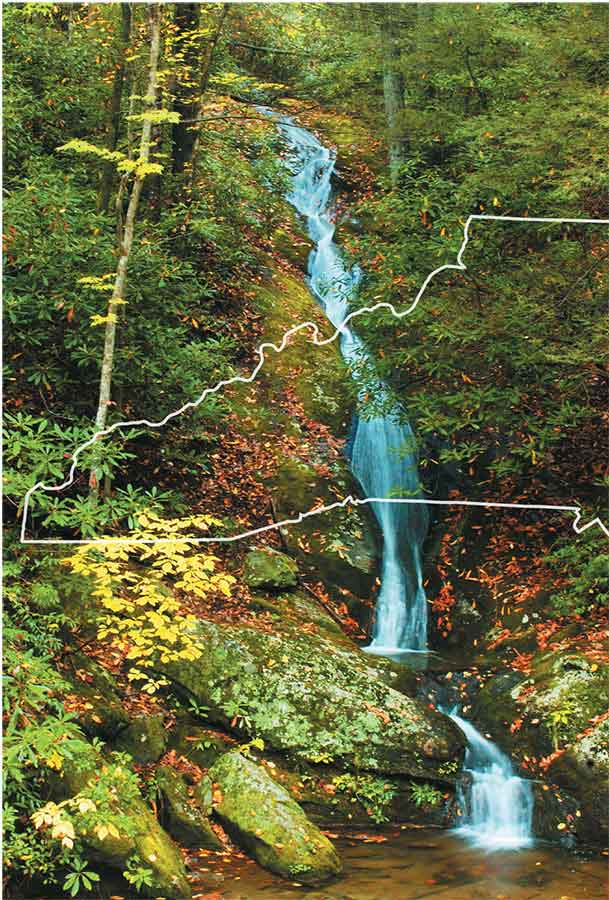
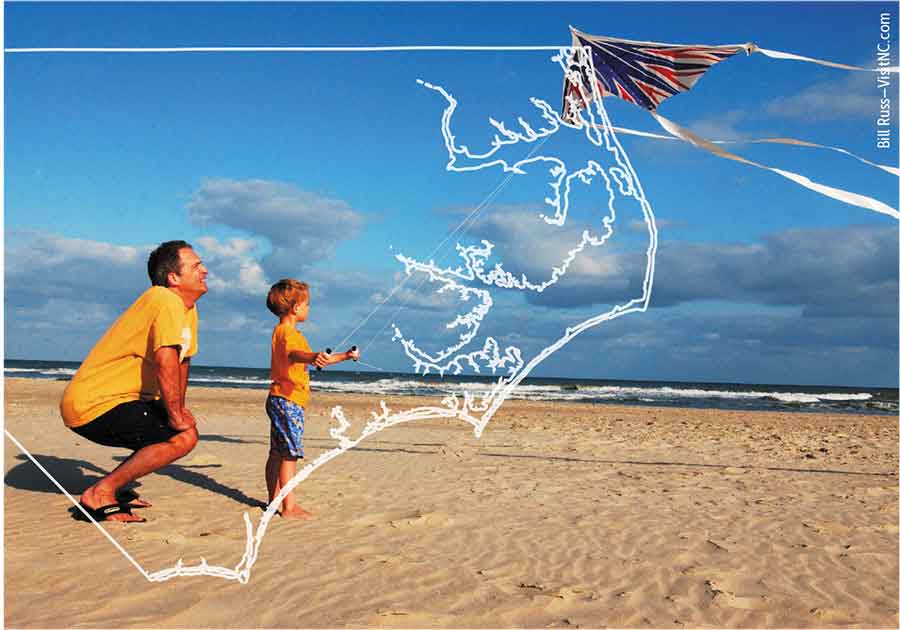
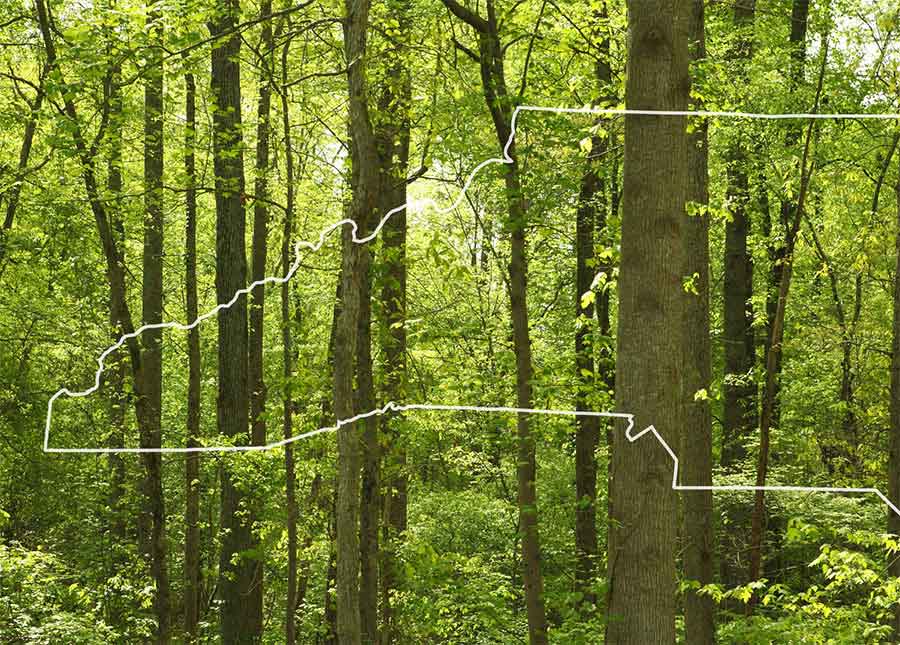
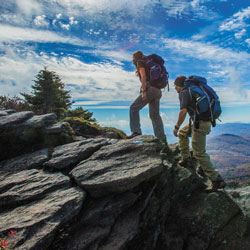
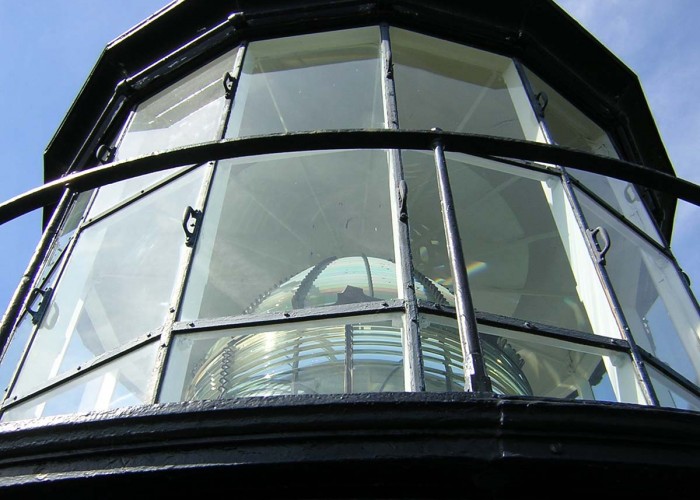
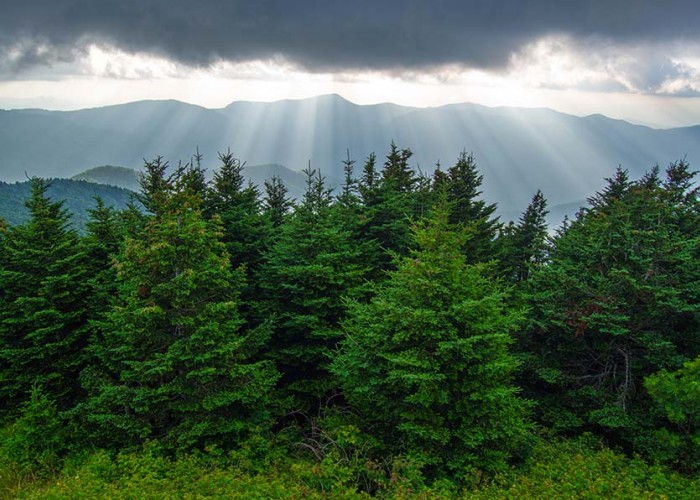



Comments (2)
Cindy |
November 18, 2018 |
reply
We are not certain, but could be Horace Kephart.
http://www.pbs.org/nationalparks/people/behindtheparks/kephart-masa/
Carolina Country |
November 19, 2018 |
reply